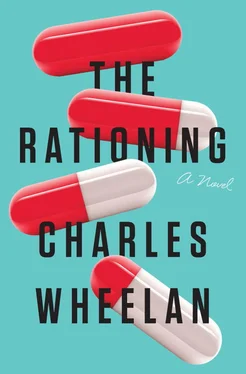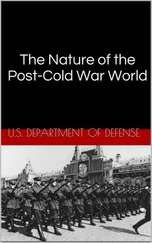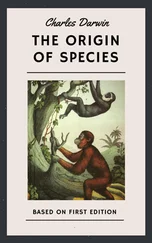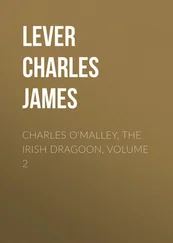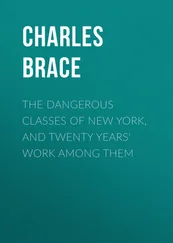Second, Tatiana requested follow-up data for each of the 107 deaths. There would be autopsy results for all of them because the cause of death was unknown. That is the law in most states, even if it is often skirted. She also requested the medical histories and treatment files for each case. This is trickier territory given the privacy issues, but doctors and hospitals typically comply if the identifying information can be stripped from the files. The sad irony is that the CDC—our first responder for anything that looks contagious—does not care at all about personal information. At the same time families and friends are reminiscing at funerals about intimate details—hobbies and weddings and crazy college stories—the CDC wants none of that information. The puzzle pieces do not need names, let alone golf handicaps or boyfriends.
Last, Tatiana accessed a different database to check for any unexplained increase in the prescription of Dormigen. If there were an epidemic afoot, particularly a flu epidemic, most patients would be treated successfully with Dormigen. They would stop by the doctor’s office after a day or two of feeling miserable, or on the way home from work in the middle of the day. Neither doctor nor patient would ever know—or care—how bad things might have been in the absence of Dormigen. Still, there should be a record for each of those cases, even if the last thing a beleaguered physician wants to do at the end of the day is fill out extra paperwork. More puzzle pieces.
The bureaucratic gears turn slowly. Tatiana left for a short vacation in the Bahamas with her fiancé. Many of the European equivalents of the CDC were closed for assorted holidays (and, to be honest, they do not work at light speed even when they are open). The files were eventually shuffled and filed and analyzed, after which there was a clear pattern. Six of the OECD countries showed an anomalous rise in flu-like deaths among young, healthy adults. The spike in unexplained Dormigen prescriptions, both in the U.S. and in those six OECD countries, was also pronounced. The numbers were not huge, but they were significant. More reports were prepared. Meetings were held. Information was shared across countries—the usual administrative protocol. No one was particularly alarmed. The pattern was noteworthy but relatively modest in the grand scheme of things.
That changed in week three. Tatiana, back from the Bahamas, sent an e-mail to the whole Contagious Disease Working Group: “Hey All, I just compiled the new data on global unexplained deaths, and there is something going on here. The numbers are still relatively small, but they are increasing at a rapid rate. Can we get together before the end of the day?”
In CDC-speak, that means “Holy shit!” Nobody in public health likes to see anything “increasing at a rapid rate.” Epidemics do not meander along at fifty-five miles per hour. When a sick person has the potential to infect ten or twenty-five others, every sporting event or crowded subway car or day-care center becomes the disease equivalent of a cluster bomb. That was how forty million people died in the Spanish flu pandemic. There were three more deaths at the University of Vermont, all athletes. The media did not have access to the broader data, which was showing a rise in unexplained deaths across the country, but when three otherwise healthy college students die in the same place from an ambiguous cause, people notice. Google News blasted a segment on the “mysterious deaths” at the University of Vermont. CNN sent a camera crew to campus to interview alarmed students, thereby generating more alarm. The Internet was abuzz with theories.
The CDC Director asked Ron Justman, the head of Tropical Diseases, to lead a working group to coordinate our response to whatever was going on, this anomalous spike. There was no reason to believe it was a tropical disease, but Justman was senior and relatively competent. More important, he had some free time, having just rotated off of a task force working on an outbreak of dengue fever in Hawaii. The NIH sent over a handful of research scientists. Yes, there was a CNN camera crew at the University of Vermont, but in our world (though I was not yet involved) this felt like more of the same: another statistical aberration that would likely run its course.
The first meeting of the still-unnamed working group reflected this sense of business as usual. While the group waited for a conference room, the junior staffers discussed a new sushi restaurant in downtown Baltimore. “Do we really need another sushi restaurant?” one of them asked.
“It’s totally different,” a CDC staffer weighed in. “More creative stuff, a fusion thing. Pricey, though.”
“A good date-night spot?”
“Perfect. It’s in an old warehouse. Very cool space. If you sit upstairs you get a view of the harbor.”
The conference room door opened and another team filed out, carrying papers and water bottles. They left behind a tray of semi-stale bagels and muffins. Justman’s working group filed in, six or seven of them, with Justman taking a seat near the end of the small conference table. The bagels and muffins remained untouched until one of the NIH guys cut them into quarters, at which point they all disappeared rapidly, even the raisin bagels.
“Okay, what do we have?” Justman asked. He was forty or fifty (or maybe thirty-five or fifty-five), with a full head of unruly reddish hair and a matching mustache. The mustache was impressive; he could have passed for a state trooper if you gave him a decent haircut, the black boots, the uniform, and a cool hat. Instead, he was wearing a short-sleeve no-iron dress shirt with a breast pocket full of pens. One of the junior staffers turned on the projector, which illuminated a screen on the opposite wall, but he could not get the laptop computer to recognize his encrypted data pod. “Just walk me through it,” Justman told him. “I don’t need to see slides.”
The junior staffer summarized the patterns that had emerged in the previous week: the increase in unexplained deaths; the corresponding spike in Dormigen prescriptions; similar anomalies in a few other developed countries; the cluster of deaths at the University of Vermont. “What are we seeing in the autopsies?” Justman asked.
“Not much, really,” one of the CDC women answered. “It’s not meningitis, not measles. Doesn’t seem to be a strain of the flu. We can rule out most of the logical explanations.”
“Just unexplained deaths,” Justman said.
“Pretty much, yes.”
“And we’ve got tissue samples here?” Justman asked.
“They’re coming,” another staffer offered. “We should have a decent number to look at by the end of the week.”
Justman nodded in acknowledgment. All pretty normal stuff. A medical examiner in rural Colorado or suburban Chicago might never see a fatal case of malaria, let alone something more exotic. The NIH and CDC could do more extensive tests, with far more expertise as to what to look for. As grieving families around the country held memorial services and burials—all the more emotionally wrenching because these were healthy people struck down for no obvious reason—the tissue samples were making their way via FedEx and DHL to a nondescript federal laboratory just outside Atlanta. These samples were the disease equivalent of bullet casings and fingerprints: not always enough to find the perpetrator, but a logical place to start.
“Okay, so tell me about the University of Vermont,” Justman said. This was a “cluster,” a small group of deaths from which the working group might be able to draw some inferences. If there are three homicides in the same neighborhood on the same night, the first thing you want to figure out is what they have in common. Did the victims know each other? What did they do for a living? What were they all doing the day before they were killed? Diseases may not stalk their victim with a gun, but they each have a modus operandi, just like any other killer. If you figure out the MO, it will often lead you to the guy pulling the trigger.
Читать дальше
